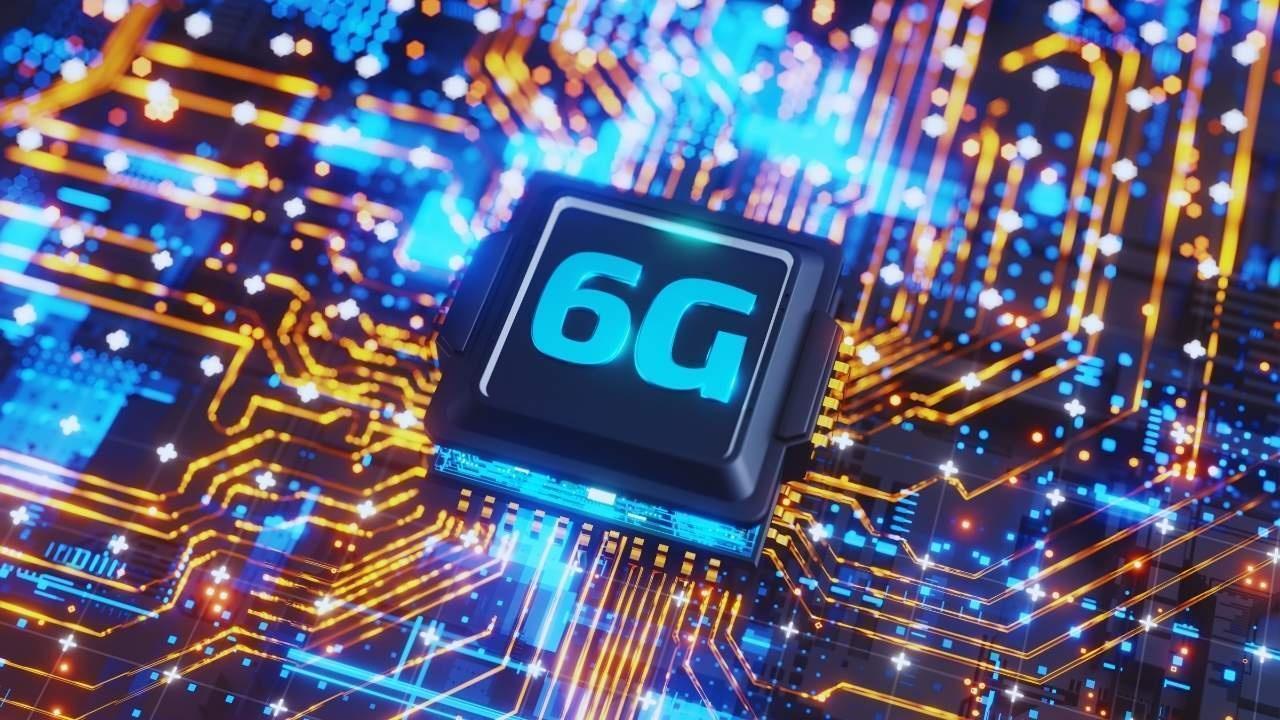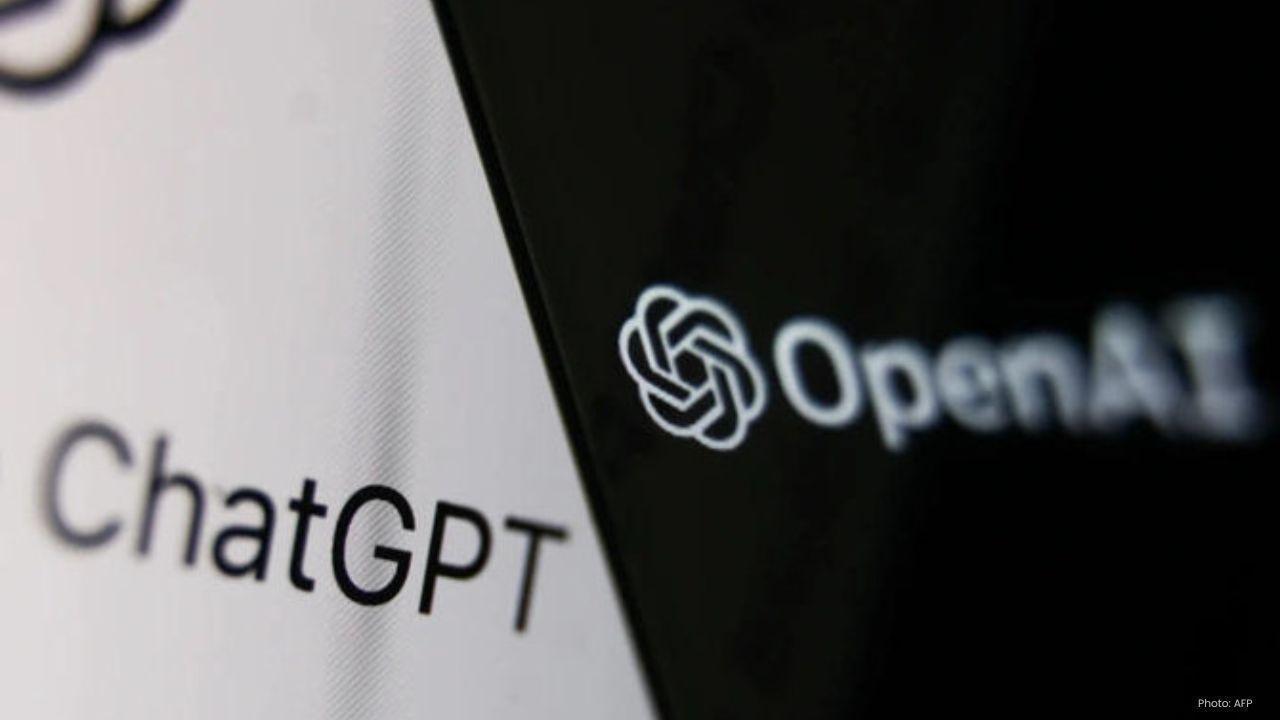
Post by : Anis Al-Rashid
The world has just started embracing the power of 5G, yet researchers, corporations, and governments are already preparing for the next giant leap — 6G. This evolution is not just an upgrade in internet speed; it represents a complete reimagining of how connectivity interacts with intelligence. While 5G unlocked real-time data and IoT expansion, 6G aims to merge digital and physical worlds seamlessly through artificial intelligence, edge computing, and real-time sensing technologies.
In essence, 6G isn’t merely faster — it’s smarter. It is envisioned as an intelligent network that understands, predicts, and adapts to human needs. This connectivity will allow AI systems to operate with unparalleled precision, enabling automation, communication, and creativity on an entirely new level. From healthcare and autonomous vehicles to smart factories and metaverse applications, 6G’s influence will be vast and transformational.
The journey from 5G to 6G goes beyond raw performance metrics. While 5G already offers impressive speeds up to 10 Gbps, 6G aims to exceed 1 Tbps — a hundred times faster. But the real story lies in latency, efficiency, and intelligence integration.
6G will operate on frequencies that reach into the terahertz range, drastically reducing latency to less than a millisecond. This means communication between devices will happen almost instantaneously, a necessity for critical applications like remote surgeries, self-driving vehicles, and AI-driven robotic operations. The convergence of communication, sensing, and computing in 6G will create an environment where devices not only connect but also perceive and respond intelligently.
Unlike previous generations, where AI was an application layer, 6G places artificial intelligence at its core. Networks will no longer just deliver data—they will think. AI will play a crucial role in managing network traffic, predicting user demands, optimizing performance, and ensuring security autonomously.
Edge AI will become essential, where computation occurs closer to the source of data, minimizing delays. This distributed intelligence ensures real-time decision-making in connected vehicles, drones, or industrial machines without relying on distant data centers. AI will also help 6G networks self-learn, adapt to environmental changes, and dynamically allocate resources for maximum efficiency.
With 6G, the concept of the “Internet of Everything” (IoE) will finally become reality. The number of connected devices will grow exponentially, linking sensors, vehicles, infrastructure, and even biological systems. This will pave the way for hyper-connected cities that operate intelligently, adjusting traffic flow, managing energy usage, and maintaining public safety using predictive algorithms.
In transportation, for example, 6G will empower vehicle-to-everything (V2X) communication, where cars share data about road conditions, speed, and obstacles instantaneously. Similarly, industries will adopt “cognitive factories” that use AI and 6G to self-monitor production, detect faults, and improve efficiency autonomously.
The metaverse — a digital universe blending physical and virtual realities — requires massive bandwidth, low latency, and synchronized real-time data. 6G will be the foundation that makes this immersive world sustainable and accessible to the masses. With 6G’s capacity to transmit vast data seamlessly, users will experience truly realistic holographic communication, full-sensory VR, and multi-user AR environments without lag.
Imagine attending a live concert with friends from around the world, where holographic avatars interact naturally, or a remote medical consultation where doctors visualize 3D patient scans in real-time. These scenarios will move from imagination to everyday reality, powered by the symbiosis of AI and 6G.
6G’s role in building sustainable, smart cities cannot be overstated. The next-generation network will integrate millions of sensors monitoring air quality, water management, and energy consumption. AI will analyze this data continuously, offering predictive insights that help governments plan more efficient urban systems.
Moreover, 6G will help reduce the carbon footprint of digital operations by optimizing energy usage through intelligent resource allocation. Data centers will be smarter, communication networks will consume less power, and IoT devices will function with longer battery life — aligning technology with global sustainability goals.
The healthcare sector stands to gain immensely from this convergence. 6G’s high-speed and low-latency features will support remote robotic surgeries, real-time patient monitoring, and personalized medicine powered by AI analytics. Doctors could use AI-assisted diagnostics from anywhere in the world, accessing vast amounts of medical data in seconds.
Wearable devices will evolve into “smart health companions,” analyzing vital signs continuously and alerting both users and medical professionals of potential issues instantly. Such integration can revolutionize preventive care, reducing hospital load and improving life expectancy worldwide.
In the industrial realm, 6G will unlock a new era of intelligent automation. Machines equipped with AI will communicate autonomously, learning from data patterns and optimizing processes without human intervention. This “cognitive manufacturing” will minimize errors, increase output, and enhance safety.
Factories could run with minimal human oversight as robots collaborate seamlessly, guided by real-time insights. The industrial metaverse — a virtual simulation of entire production environments — will enable testing and training in digital twins before implementing changes physically, reducing waste and costs.
While the promise of 6G and AI integration is immense, it also raises profound ethical and security concerns. The ultra-connected nature of this ecosystem means that cyber threats could become more sophisticated. Data privacy, surveillance, and algorithmic bias are potential risks that require proactive regulation.
AI-driven networks must be transparent, explainable, and accountable to prevent misuse. Governments and tech leaders are already emphasizing the need for global frameworks to ensure responsible AI deployment within 6G networks. The future of connectivity must balance innovation with human rights and digital trust.
Countries around the world are already engaged in a technological race to dominate the 6G landscape. The U.S., China, Japan, South Korea, and European nations have launched research initiatives aiming for commercial deployment by the early 2030s. This competition is not just technological — it’s geopolitical, influencing data sovereignty, digital trade, and global security dynamics.
The winners of this 6G revolution will set new standards for digital infrastructure, AI governance, and innovation ecosystems. For developing nations, it presents an opportunity to leapfrog older systems and participate in a smarter, more connected global economy.
6G represents the merging of two transformative forces — artificial intelligence and ultra-fast communication. Together, they will create a world where technology anticipates rather than reacts, learns rather than follows, and empowers rather than limits. This future won’t simply connect humans and machines — it will connect intelligence itself.
As the boundaries between digital and real worlds blur, the next decade will redefine how humanity experiences work, life, and interaction. The 6G era is not about faster connections — it’s about building smarter societies.
This article is based on emerging research, expert insights, and technological projections. Actual 6G implementation and AI integration may evolve differently depending on scientific progress, global standards, and regulatory frameworks.










NBA Friday Highlights: Miami, Lakers, Milwaukee, and Clippers Triumph
Miami, Lakers, Bucks, and Clippers secure victories in thrilling NBA Friday games with standout perf

Doncic Dominates with 49 Points as Lakers Defeat Timberwolves 128-110
Luka Doncic scores 49 points to propel the Lakers past the Timberwolves 128-110; Reaves and Hachimur

Kings Narrowly Defeat Jazz 105-104 with Sabonis' Late Heroics
Domantas Sabonis' last-minute shot secures a thrilling 105-104 win for the Kings against the Jazz in

Argentina's Friendly Match with India Delayed, New Date to be Announced
Argentina's friendly against India in Kochi is postponed; a new date will be confirmed soon due to F

Rohit and Kohli Conclude ODI Journeys in Australia with a Win
Rohit Sharma and Virat Kohli close their ODI chapter in Australia with a win, partnering for an unbe

George Russell Dons Lucha Libre Mask at Mexican Grand Prix
George Russell sported a Lucha Libre mask to experience the Mexican GP stands while rookie Fred Vest